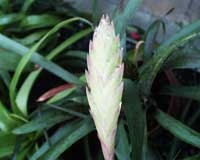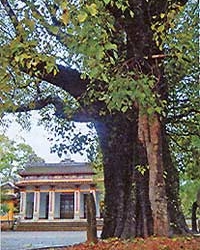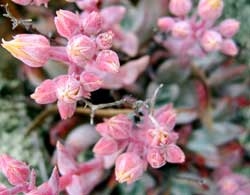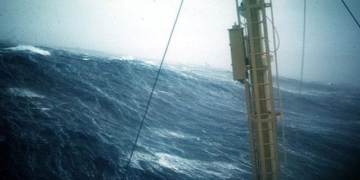Winter rain is truly a remarkable phenomenon in northern Saudi Arabia, as this is a dry region with little rainfall. However, when the rain arrives, the sight transforms the land into a vibrant and colorful paradise, prompting the lavender to bloom en masse, turning the barren desert into a stunning “carpet” of purple.
“No one expected this scene to occur in Saudi Arabia,” Muhammad al-Mutairi, a retired teacher, told AFP as he observed the fields of purple flowers stretching as far as the eye can see across the desert in the town of Rafha, near the Iraq border.
Al-Mutairi drove nearly six hours from central Saudi Arabia to the town of Rafha in the northern region to witness this rare natural beauty. “The scent and the scenery before my eyes refresh my soul,” the 50-year-old added.
Unusual heavy winter rains caused deadly floods in western Saudi Arabia late last year, but in the northern regions, they brought new life to the dry desert.
“This spectacle usually lasts only 15 to 20 days each year, so we took the opportunity to come here and enjoy it,” shared Nasser al-Karaani, a 55-year-old businessman who also traveled 770 kilometers from the capital, Riyadh, to see the colorful lavender before it wilts.
To protect this beautiful scenery, residents in the area have chased away camels to prevent them from eating the wildflowers.
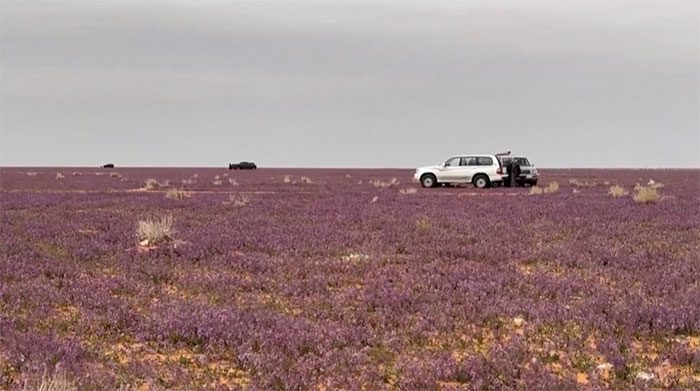
Lavender covering the desert.
Lavender (Lavandula) is a genus of flowering plants in the mint family (Lamiaceae), which includes dozens of species native to the Old World. The flowers among different species can vary in color—from blue, purple, dark purple to light yellow—but generally, they grow in clusters and are held on stems that rise above the foliage.
Due to its appealing beauty and fragrance, lavender is widely cultivated worldwide as an ornamental plant. It is also used to produce cosmetics, essential oils, and traditional medicine.








































